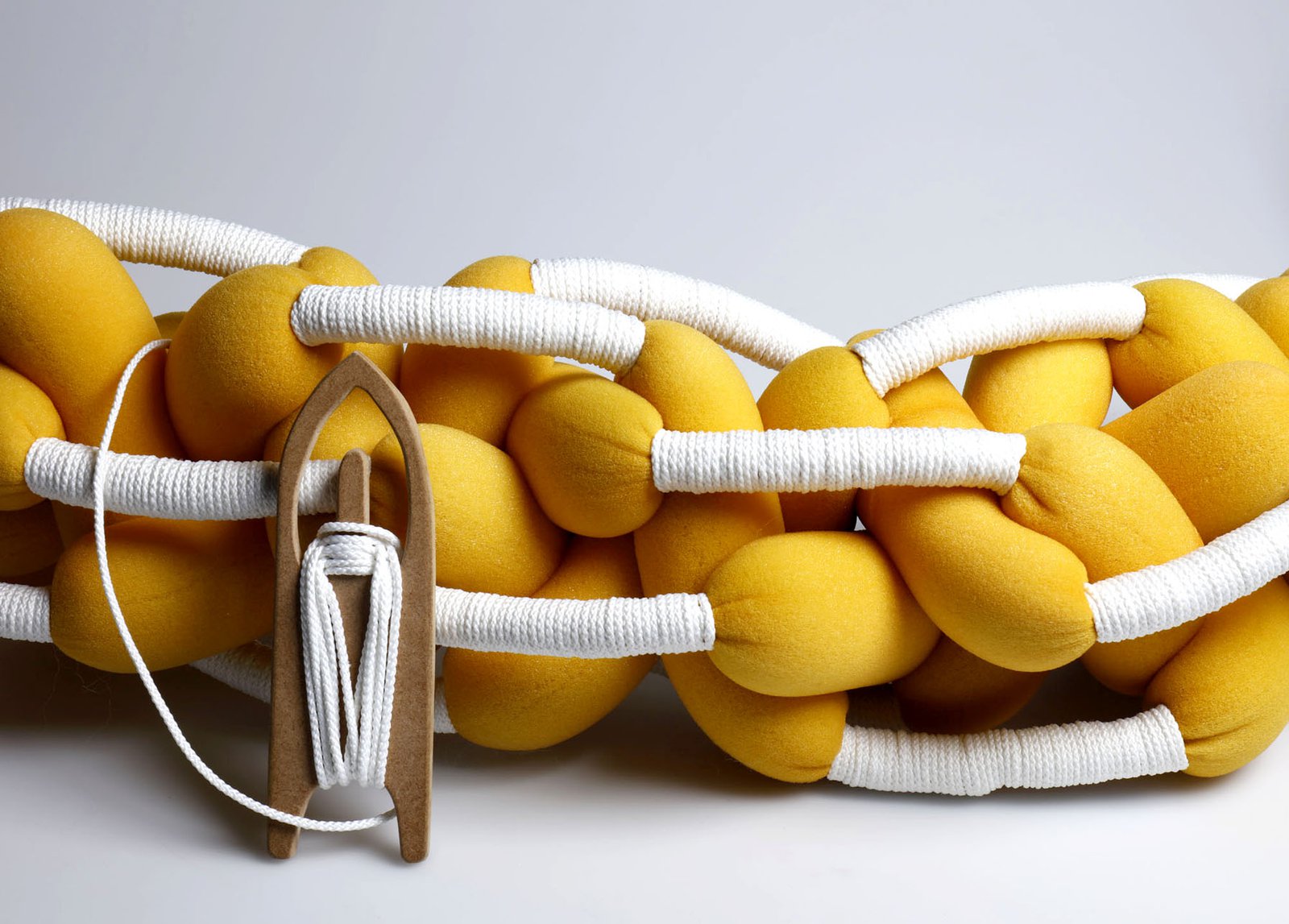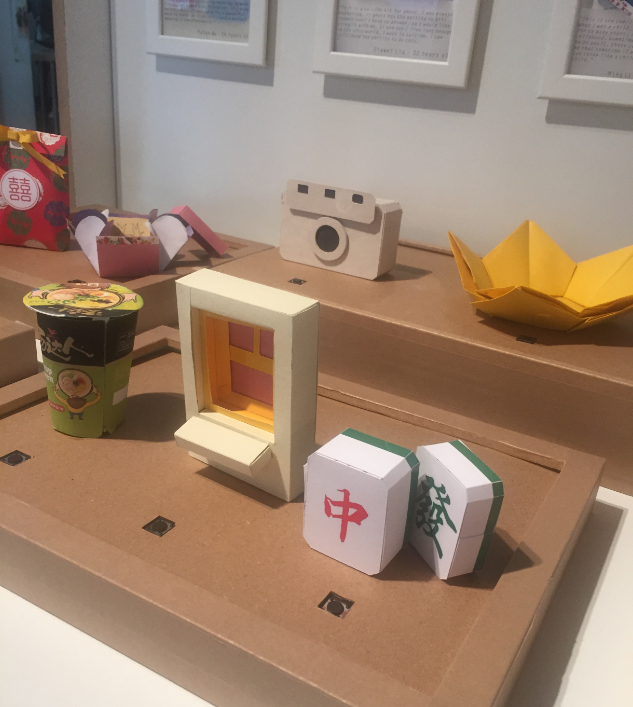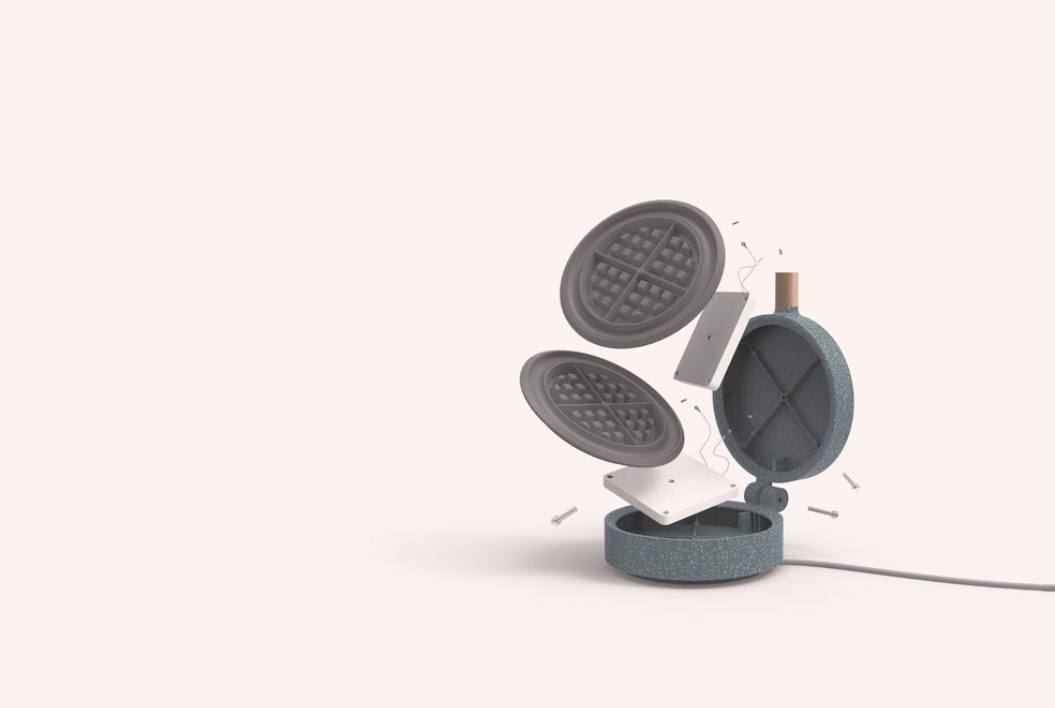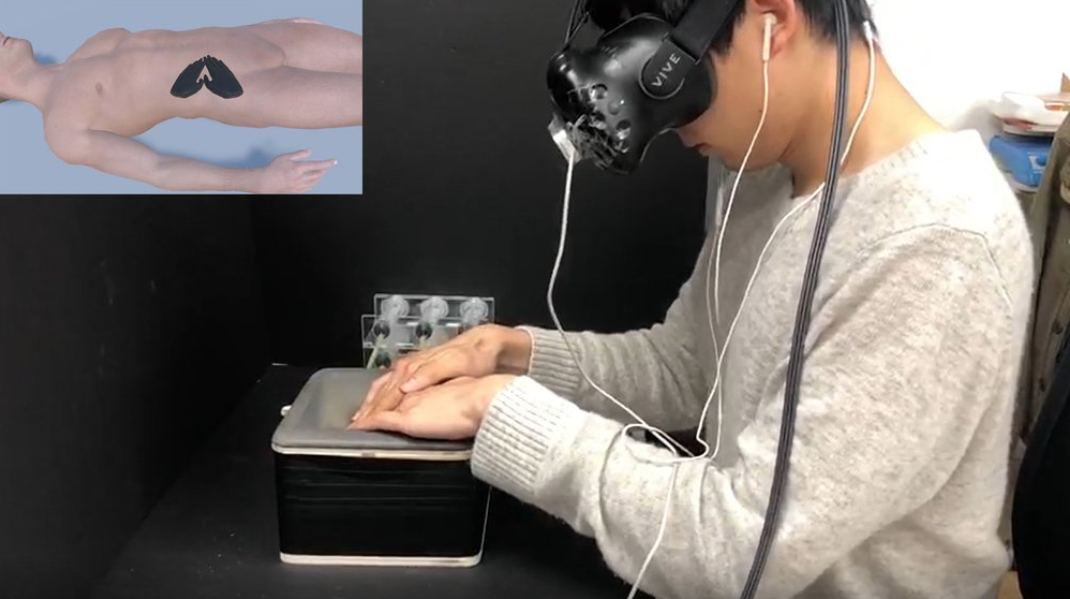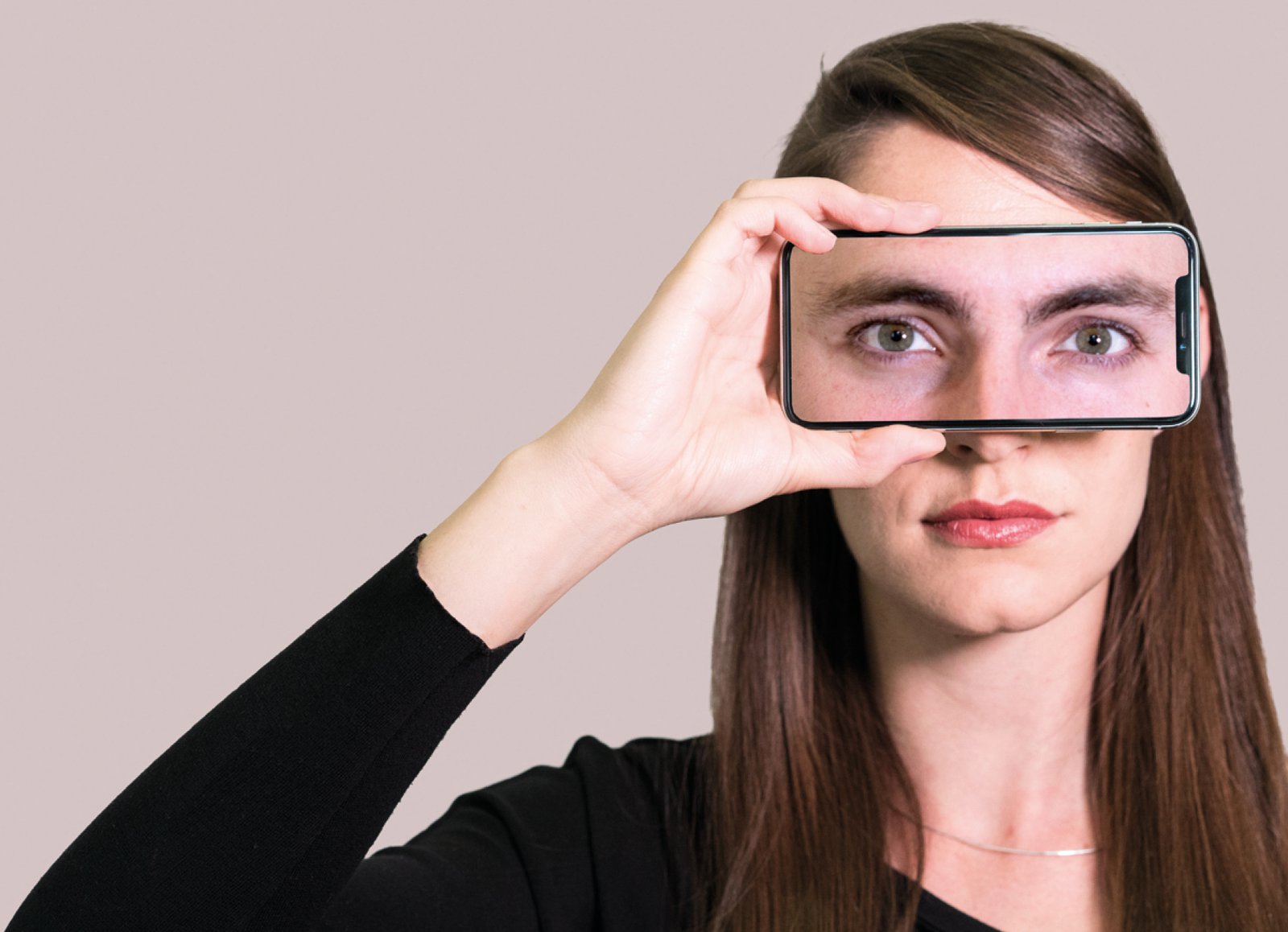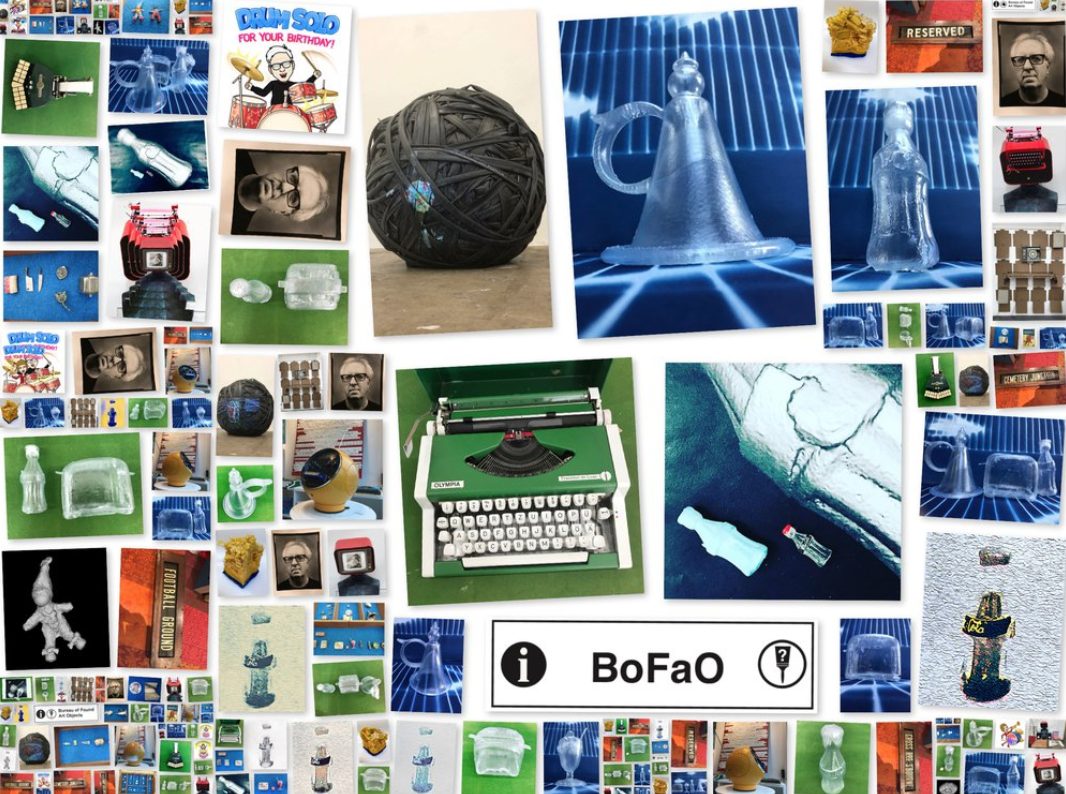
This year’s RCA Graduate show is at an impressively high standard. We took a quick tour over lunch time at the Kensington campus to admire the work of the students who have been studying Design, Textiles, Sculpture and Arts & Humanities. It has to be said, the show demands a little more time than just a lunch hour as, like most graduate shows, there is a formidable abundance of things to see, and this is just the Kensington campus.
The Design Product department takes a wide-ranging approach to design for purpose, bringing together many different design cultures: from making and manufacture, sustainability and circular economies, to innovating ways materials can be used. It’s interesting to see how some students have prioritised form over function to make perhaps less necessary but beautiful products that enhance or interrupt the routine of life, whereas others have chosen to focus on innovating technology, that put imaginative thinking into reality. Product Design graduate Jiahua Chen chose to tackle China’s reluctance to discuss their own mortality via small paper objects that relate to a disordered dialogue about life and death via the touch of a button.
As a way to help reduce material consumption, Eddie Hamilton has designed a rental platform for shareable domestic and everyday products. These products address key issues for shared economies including durability, and consider how products can become social, community assets, as well as prompt reconsiderations of convenience.
In Design Products there are diverse approaches to technology, from designs that aim to reduce screen time to those that use technology to address real-world challenges. Nikeisha Nelson has created a motion capture suit for swimmers. The wearable technology provides swimmers with an alternative form of performance analysis. Unlike most fitness trackers, this feedback is based on biomechanics rather than biometrics, and provides a visual representation of the efficiency of strokes, rather than numerical data.
The RCA and Imperial College run these programmes jointly. They aim to harness the technological prowess of Imperial and the creativity of the RCA in order to ‘question the past, explore the future and design the present’.
In Innovation Design Engineering (IDE) and Global Innovation Design (GID), the programmes were described as focusing "on contributing more as a catalyst to establish dynamic linkages between design with various fields, such as computer science, information technology, engineering, business, economy, sociology, nano and advanced material technologies, and even politics."
GID examples include Mikhail Wertheim Aymès’s project which aims to remove prejudicial bias from AI. Looking at algorithms that have been developed and put to use in a regulatory vacuum with no ethical due diligence, he has devised a way to make the use of algorithms in decision making processes more transparent, so users can make decisions about how they use and trust technology.
In IDE we saw products such as Dongyuan Li’s virtual reality doctor training- how to tangibly feel for a tumor via a squishy model hooked up to a machine, and Hamza Oza’s signaled wristbands that avoid losing people in large crowds- looking specifically at visitors to Mecca as a model.
The work considers many different contexts, from the domestic interior to the stage, but also presents textiles as a medium for self-expression and identity. Matthew Briggs has been programming computer knitting machines to create garments that combine the visual languages of wrestling with pearly kings and queens. These colourful garments are contemporary in their construction and influences but playfully refer to the traditions of handcrafts.
Textiles student Carley Mullally showed us her rope making device, encouraging us to interact with it to make ropes of our own. Her white and yellow colour palette, as explained, draws reference from modern fishing gear in Canada. She aims to perpetuate the practice of skills such as weaving, rope making and crochet, which are rapidly slipping into obsolescence. We found that a lot of the students in the Textiles department aimed to create social change via their art, churning out things like Ruby Smith’s wearable weaved protest banners.
Focusing on the multisensory Arun Sispal has worked with scent, transforming the visuality and tactility of textiles into perfumes, and then responding to how scents change and dissipate over time through colour and texture within textiles.
The impact we are having on our planet is explored and reflected upon by many of this year’s graduating students. Sustainability is at the core of Elizabeth Ranson’s work in which the way fibres are used to form her raw materials, the natural materials used to colour them, and the way that stitches are developed and applied to knit garments, have all been reverse engineered to minimise
The first graduate show from the School of Arts & Humanities – presents a commentary that challenges accepted perceptions of the image, process and our approach to time.
Sam Baker's piece is a copper pipe construction which demonstrates and investigates steam. Passing through the pipe, melting a wax block placed inside a wall and eventually exiting the building via a window, steam is an activator in the work that playfully turns a process into a material.
Roger Miles presents a giant cabinet of curiosity in the Bureau of Found Art Objects. The piece is a living interactive installation of the history, memorialisation and cannibalisation of found objects. Roger considers the piece his own memorial, which takes the form of a lost property office, a vehicle to draw people in to collect their found object and an installation that will disappear over course of the Show. We even found a cello supposedly belonging to the Royal College of Music in a cupboard!
The Graduate Show was on from 23rd June to 1st July. You can see some of the student's work at Imperial's Main Entrance on Exhibition Road from 4th - 6th July (9-5pm)
